When we say the customer journey in the context of customer success teams, we rarely mean mapping the UX experience or defining the steps that the customer takes from the moment they reach your website till the moment they buy (or on-board). That would be the UX/CX Experience and we should ideally be helping the product team create an optimized one. As a customer success team, we’re charged with the CS journey (otherwise known as the Customer Lifecycle), defining the various touchpoints that would help the customer perceive and realize the most value from our solution.
An ideal customer journey would be addressing all 5 pillars of customer success, as recently defined by Gainsight:
A strong customer success framework (aka Customer journey), would have three types of customer playbooks:
Customer Lifecycle Playbooks
This would include defining proactive touchpoints throughout the different milestones in the customer’s lifecycle with our solution. To start, I recommend defining a few customer stages (three is a good number). Popular stages include Onboarding, Adoption, and Expansion. If your customers typically go through a trial period, it would behoove you to include the trial as a fourth stage. Once you have your stages, define a few key milestones related to each. Reflecting on past experience, consider adding a CSM touchpoint for each milestone. If the milestone was successful – celebrate it with your customer and leverage the moment to ask for a referral (internal or external) or to join your advocacy program.
The goal in defining this type of playbook is to drive a consistent and effective customer journey that allows you to proactively add value to the customer and build strong relationships, regardless of customer health or usage data. Meaning, you’ll be creating a certain cadence of touchpoints with the customer who is completely independent of any triggers besides time or milestones.
Examples:
- Go-Live milestone celebrations
- Success plans (aka: account plan, value plan)
- Health Checks
- On-Site visits
- Executive Business Reviews (Aka QBRs)
- Monthly Check-ins
Retention-at-Risk playbooks
Instead of waiting for those dreadful inbound calls, be proactive and reach out to the customer when it seems they might be struggling. The key to incorporating risk-related playbooks is to help the CSM identify signs of customer risk early (at least 2-3 quarters before their renewal date) and collaborate cross-functionally to address issues.
Types of customer data that should be evaluated in assessing whether a customer is at risk include your sales data, usage logs, support tickets, survey responses, financial systems, and sponsor movements to customer health. We then define the risk criteria, trigger right-in-time alerts on risks, and define the recommended best practice playbooks for attending to those risks. By sharing best practices and defining the right time to take proactive action, the customer success team ensures that risks are dealt with efficiently, effectively, and consistently for all customers.
Examples:
- Changes in customer health scores
- Low / Poor survey responses
- Executive Sponsor changes
- “Code red”
Expansion (Up-sell and Cross-sell) Playbooks
These playbooks make it easy to identify and take action on opportunities for growth and expansion. In this bucket, we will also identify opportunities to recruit advocates who would do media interviews, participate in press releases, advocate for us on social media, take part in advisory boards to fortify an executive alignment with industry leaders, or simply refer us to other clients.
Examples:
- The Customer has submitted a promoter NPS score
- The User had been identified as a power user with a high NPS score
- The Account is over 90% utilization capacity
Once the triggers for each scenario are identified, it’s important to come up with the right step by a step action plan (aka Playbook) for each based on the account segmentation (or the touch plan). For high-touch plans, the playbook would involve the CSM proactively reaching out to the customer after doing some initial research (aka a “Customer 360”). For smaller accounts, we would typically apply a low or no-touching plan which will typically involve a more scalable approach such as automated email outreach.
Source: Gainsight’s customer success touch plan pyramid
An overly simplified touch plan could look like this
| Segment name | Criteria | Touch plan |
| Enterprise | MRR>= $10,000 | High Touch |
| Mid-Market | MRR>= $5,000 | Low Touch |
| SMB | MRR < $5,000 | No Touch |
Note: The criteria shown above are not to be used as a guideline. To validate your segmentation, you may want to check the overall account-to-CSM ratio, the book of business ratio to CSM salary, assess the overall number of hours required per account in each segment vs resources available, etc. To learn more, ask us about our strategy coaching sessions.
Once you validated your account segments and have them defined, a great way to map the playbooks is using a word table where you could identify each playbook by the customer stage. I usually take the time to discuss how other teams (marketing, support, product, finance, etc.) take part (if any) and then review those with them to uncover opportunities to optimize cross-functional collaboration and enhance the customer experience.
Finally, consider creating a summary overview. This would most likely require a summary table or a visual timeline to demonstrate the various touchpoints across the customer life cycle. The advantage of taking this final step is taking the opportunity to map, at a high level, which systems will be used to enhance the process and empower the team and management to uncover opportunities for optimization. The table above is a simple version of a grid I typically use as a baseline for driving playbooks and customer journey conversations with customers. Another way to learn more about this process is through hands-on group activities with other CSMs during our CSM Bootcamp certification workshops.
Summary
As a customer success team, we’re charged with the Customer Success Journey, also known as the Customer Lifecycle, which means, defining the various touchpoints that would help the customer perceive and realize the most value from our solution. A strong Customer Journey would have three types of customer playbooks: 1) customer lifecycle, 2) retention-and-risk playbooks 3) expansion playbooks.

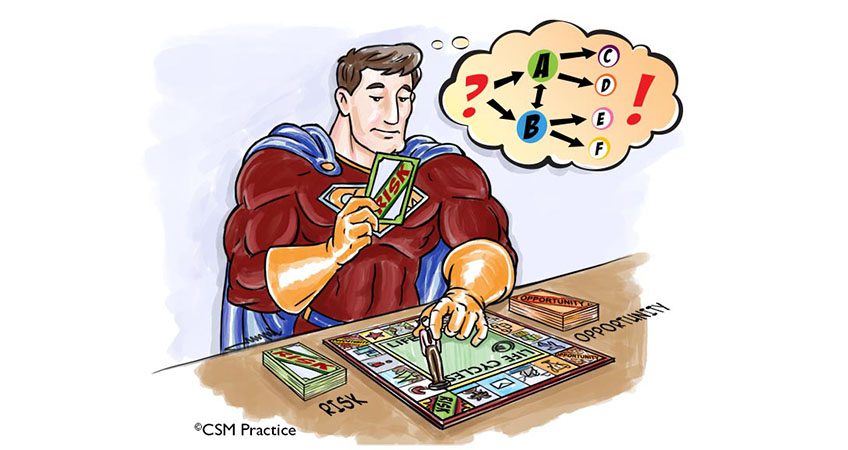
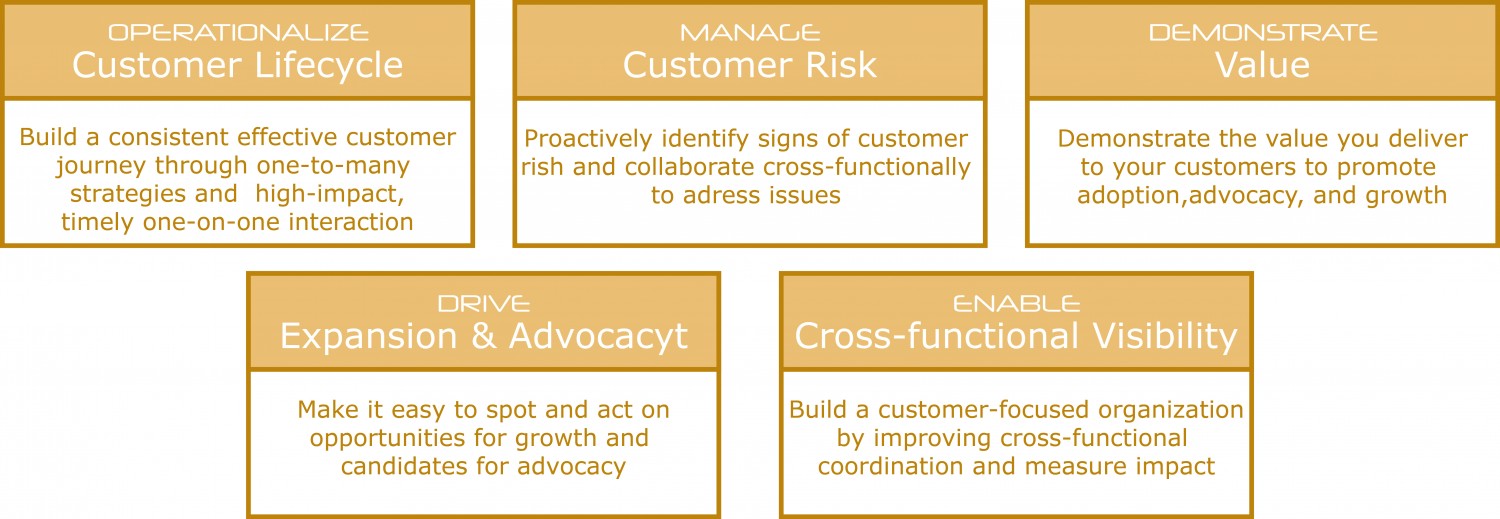
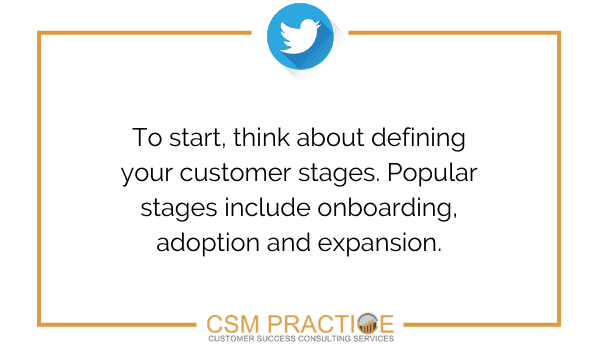

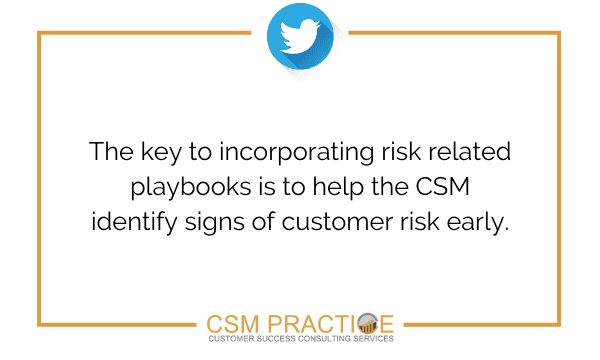
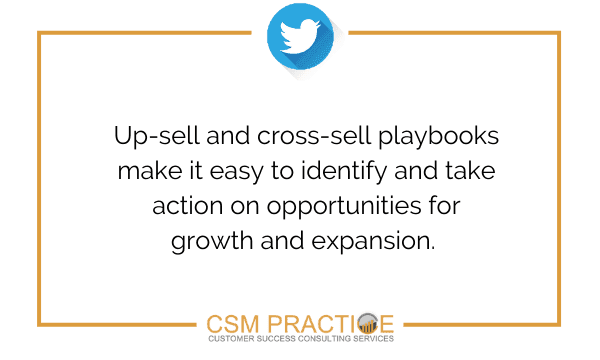
March 15, 2021
Hey There. I found your blog using msn. This is a very well written article. I’ll make sure to bookmark it and come back to read more of your useful information. Thanks for the post. I will certainly comeback.